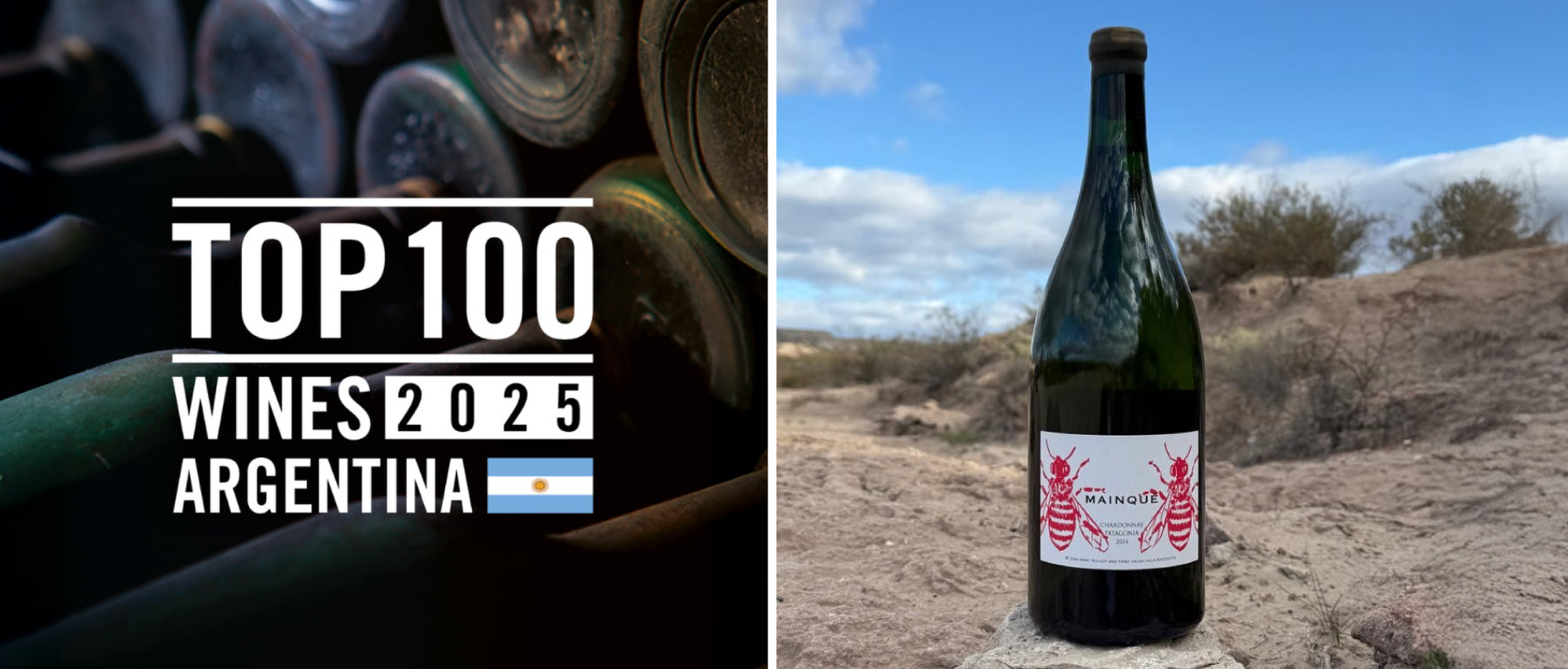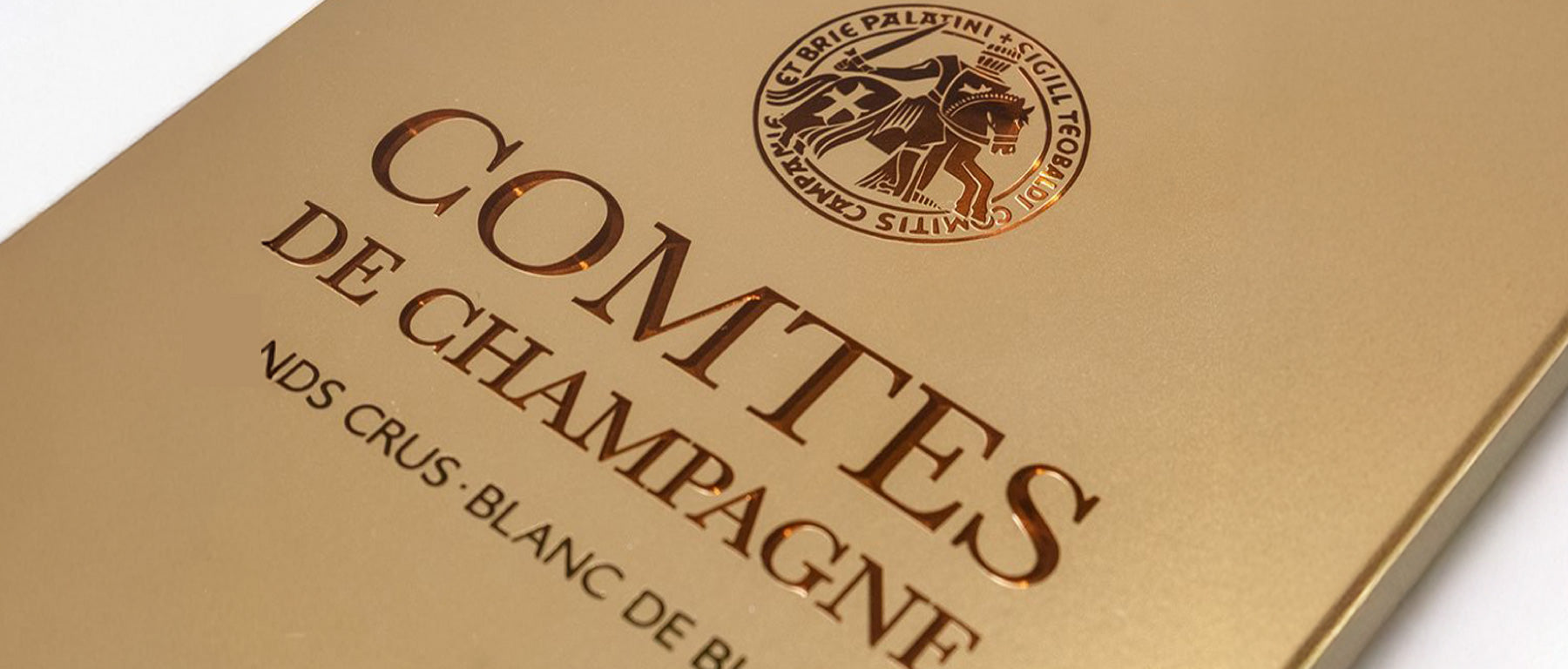
Bodega Chacra Patagonia
As we look beyond France in our search for world-class Pinot Noir and Chardonnay, our attention turns to the Southern Hemisphere—specifically, to an ambitious project in the foothills of Patagonia, Argentina.
Bodega Chacra was founded in 2004 when Piero Incisa della Rocchetta purchased an abandoned vineyard planted in 1932 in the Río Negro Valley of northern Patagonia. He later combined it with another vineyard planted in 1955. With these old vines in a seemingly remote corner of the world, Piero has built a winery that transcends the usual “Old World vs. New World” conversation, redefining what is possible with Pinot Noir and Chardonnay today.
Thinking outside the box runs in the family. Just as his grandfather, Marchese Mario Incisa della Rocchetta, did some 50 years ago when he pioneered the idea for Sassicaia, planting Bordeaux varietals where no one thought they belonged. Look how that turned out! Piero is now charting a new course in Patagonia with Bodega Chacra, and the wines seem to get better every time I taste them.
The terroir is extraordinary. The soil of the Río Negro Valley is an ancient riverbed composed of limestone, sand, and clay. Coupled with the valley’s pristine, pollution-free air and tremendous luminosity, it creates an ideal environment for growing Pinot Noir and Chardonnay. Piero’s vision has always been a self-sustaining estate rooted in organic and biodynamic farming. To bring Chardonnay to life, he partnered with Jean-Marc Roulot. Unlike many collaborations, this is no mere rubber stamp. With Burgundy’s growing season opposite that of Patagonia, Roulot spends real time in the vineyards, and it shows—his precise, lifted, ultra-focused, linear style shines through unmistakably. I opened a bottle of the 2019 Manqué with the representative to compare it to the current vintage. If you didn’t know it was from Argentina, you might think you were drinking one of Jean-Marc’s Meursaults.
As much as I remain a Burgundy devotee, the Pinot Noir and Chardonnay from Bodega Chacra are truly special wines and well worth your attention. These wines will change your perception of what is possible from the Southern Hemisphere—I know they have changed mine!

The 2024 Cincuenta y Cinco was sourced from vines planted in 1955 on sand-dominated soils with silt and a small amount of clay content. It offers a hauntingly multidimensional expression of the Chacra project with a weightless allure than sets it apart within an impressive roster of wines. It opens with a detailed, blue-fruited nose radiating violet and rose petal aromas with an undercurrent of turned earth. The palate deftly balances a sleek, suave profile with nimble energy and palpable grace, effortlessly transitioning into a long, nuanced, ethereal finish whose complexity and dimension dramatically juxtaposes its slender frame. While I feel the Treinta y Dos bottling offers a slightly more complete expression of the Chacra project, this is a spectacular example of Patagonian Pinot Noir and one to measure others against.
- Wine Advocate, 96
Sourced predominately from sandy soils on the same property as the Lunita Pinot Noir, the 2024 Mainqué Chardonnay opens with a fresh, lifted bouquet with floral and herbal flourishes that gain volume with aeration. The palate is fittingly chiseled, slender and delicate, releasing into a long, nuanced and iodine-tinged finish that becomes increasingly nimble and dynamic in the glass.
- Wine Advocate, 93

Starting with the 2017, Bodega Chacra opened a new chapter in their winery’s history. Piero, in partnership with Jean-Marc Roulot of Domaine Roulot in Meursault, began producing Chardonnays alongside his Pinot Noirs.
The Mainqué Chardonnay is a selection of three parcels in sandier soil with a combination of sand, clay, pebbles, and pebbles covered in calcareous matter. The wine is fermented in 25/30% new barrels (the same barrels Jean-Marc Roulot uses in Meursault) and does not go completely through malo.



